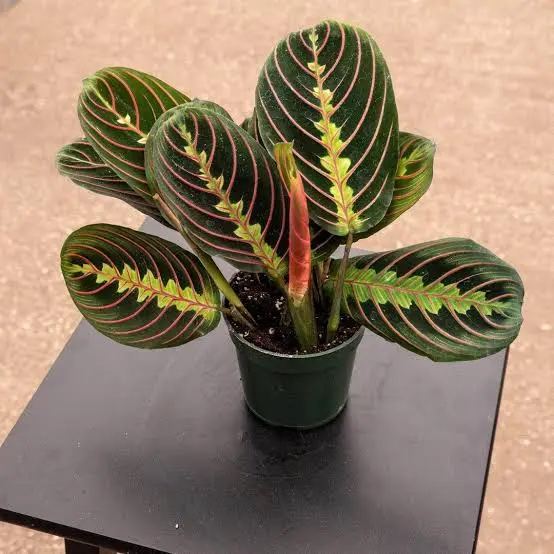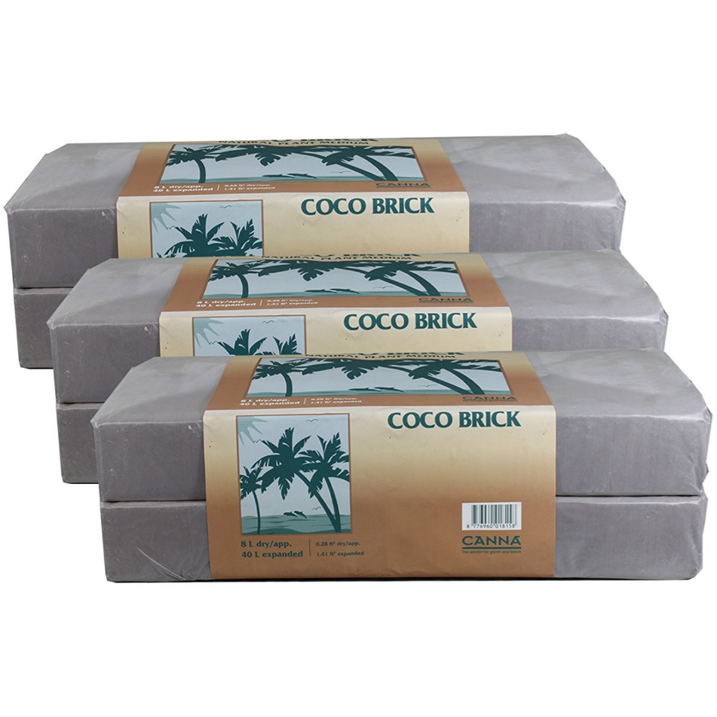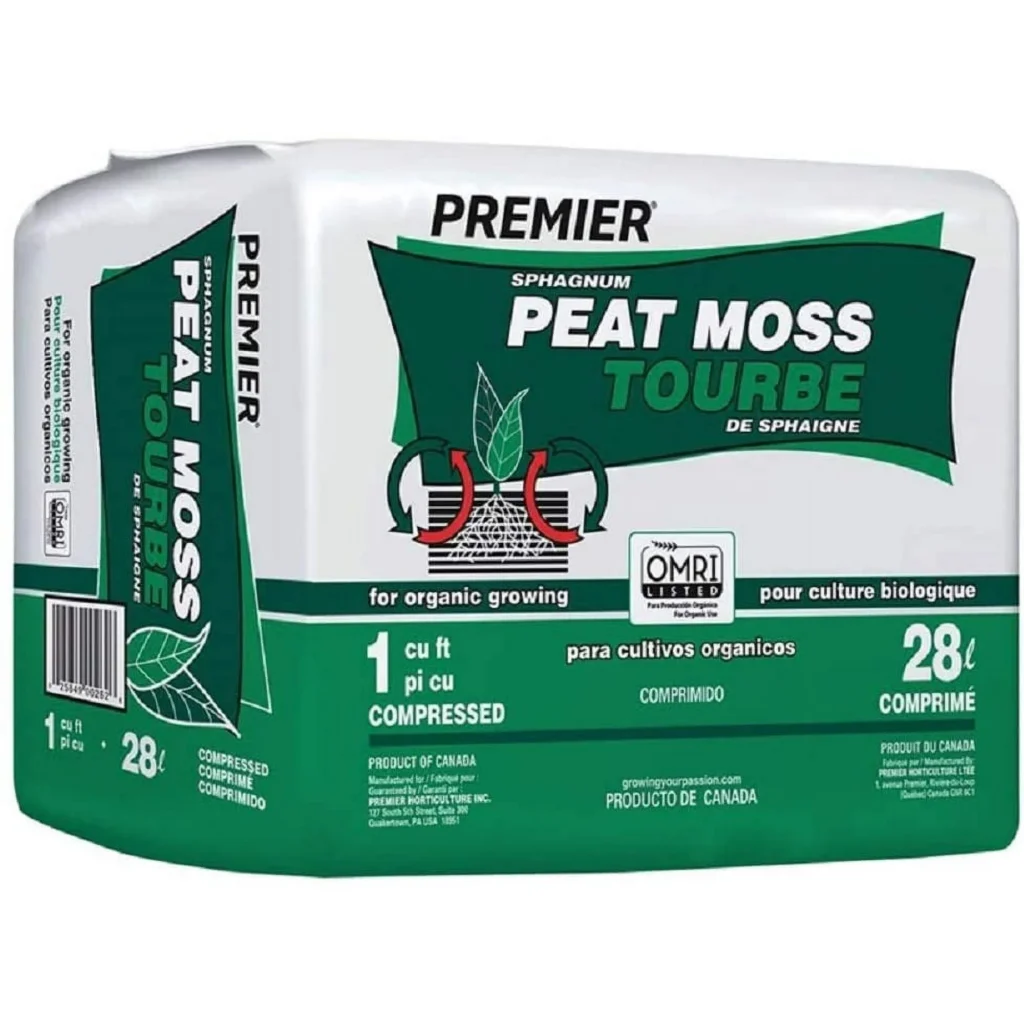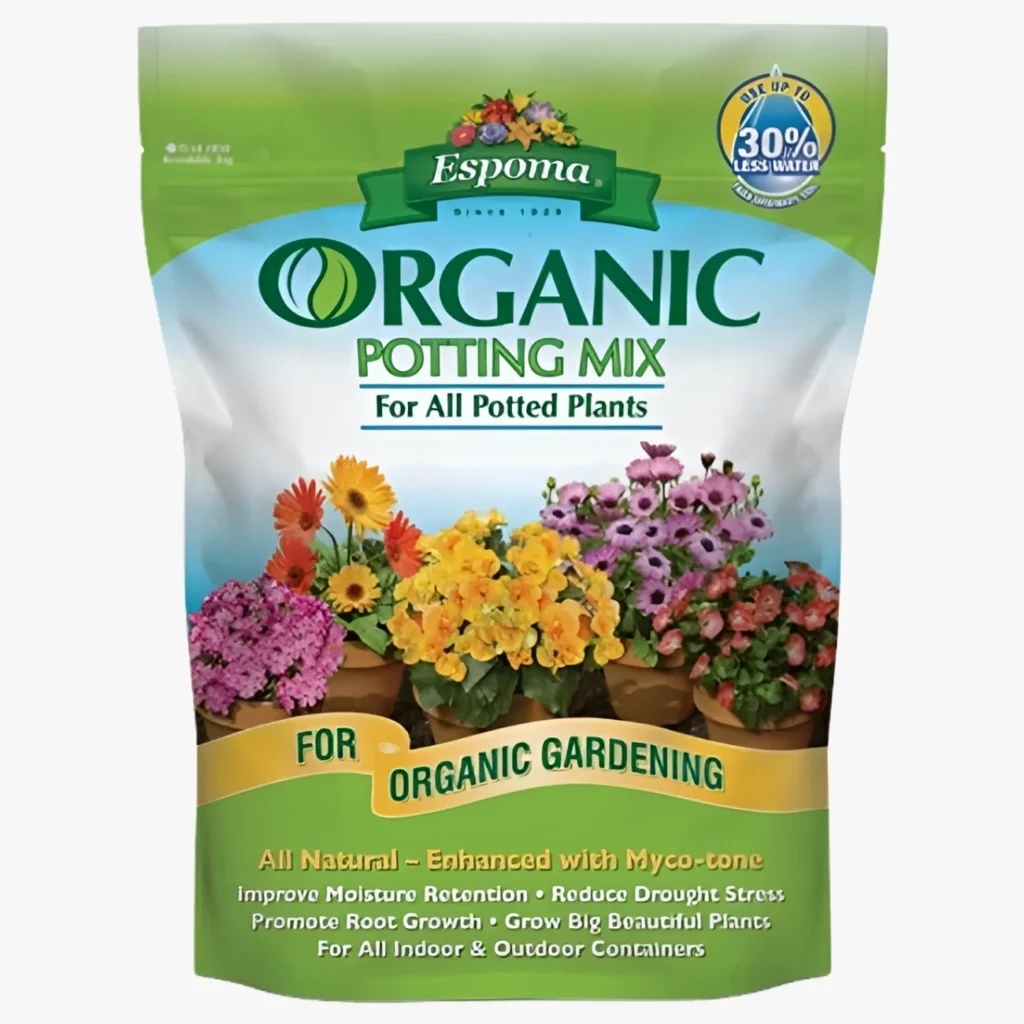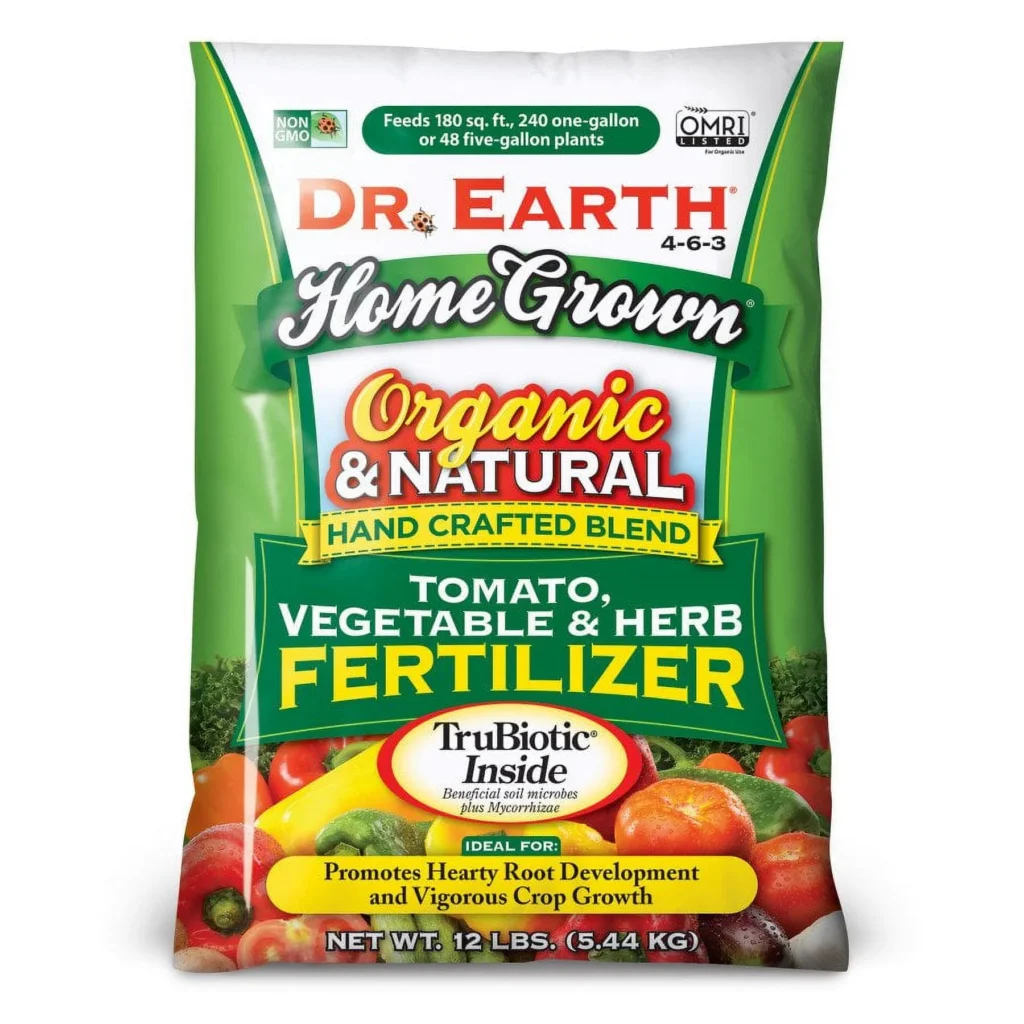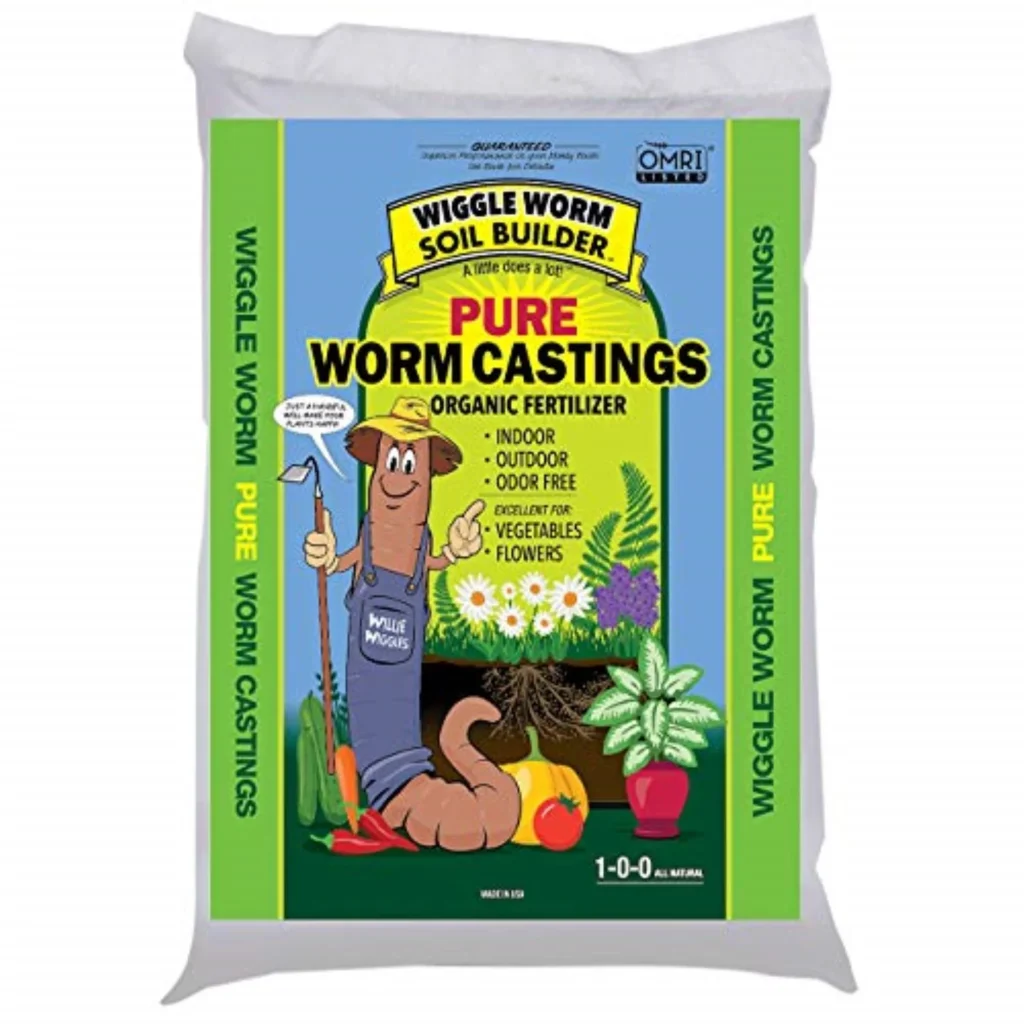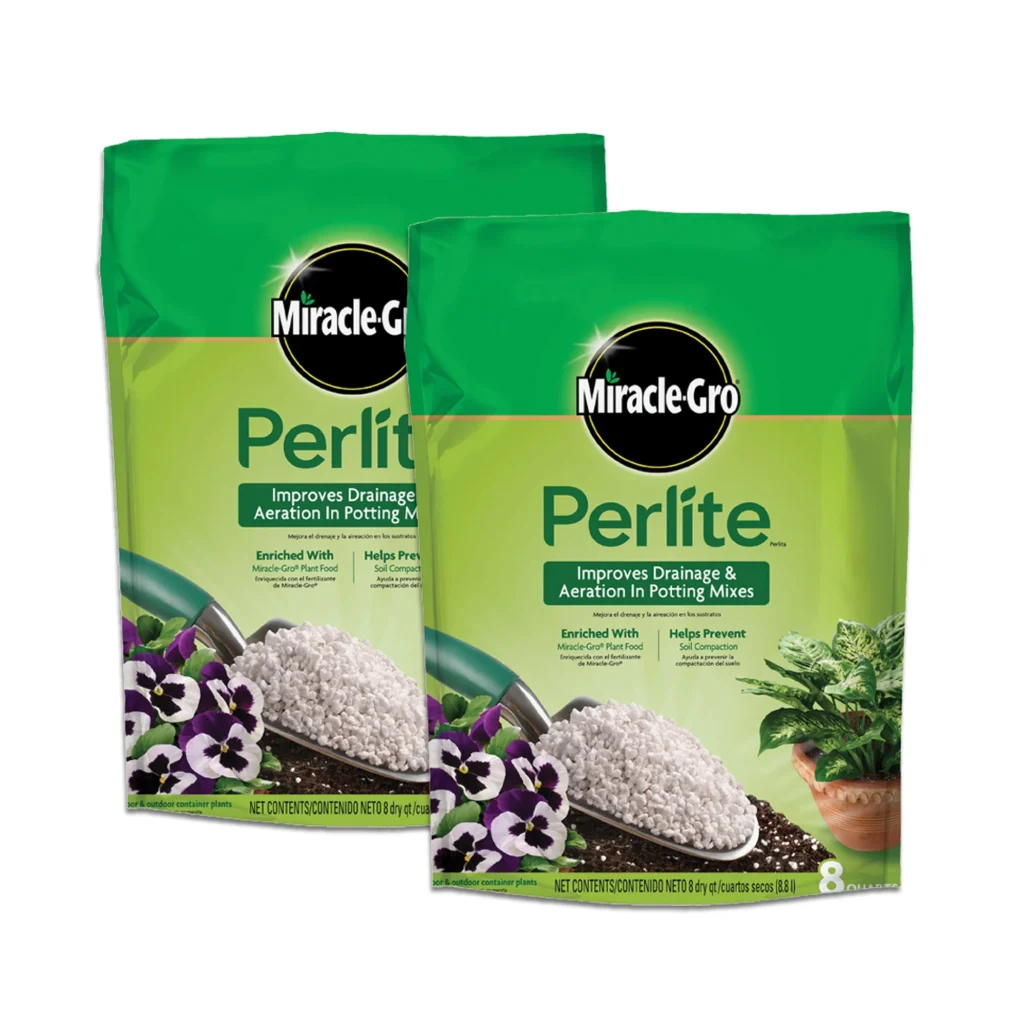Maranta plants, also known as prayer plants, are prized for their captivating foliage and intriguing leaf movements. But, like any houseplant, their success hinges on the right soil. It’s the foundation for their health and a crucial factor in achieving those mesmerizing patterns and vibrant hues. So, let’s dive into the secrets of crafting the best soil for maranta houseplant, ensuring it thrives for years to come.
Table of Contents:
1. Maranta’s Soil Needs
Marantas, with their tropical origins, crave a soil that mimics their natural habitat. This means a lightweight, airy mixture that promotes drainage while retaining moisture. Their roots need to breathe, and the soil should not become waterlogged. Think of it like a perfectly aerated sponge: it holds water without becoming soggy.
These beauties also need the right nutrients. While their needs aren’t as insatiable as some other plants, they do require a balanced diet to fuel their growth. They particularly benefit from nitrogen, phosphorus, and potassium, which contribute to healthy foliage, vibrant blooms, and overall plant vigor.
The final piece of the puzzle is the pH. Marantas prefer a slightly acidic soil, with a pH range of 6.0 to 6.5. This ensures optimal nutrient absorption and prevents problems like chlorosis, where the leaves turn yellow due to iron deficiency.
Stay tuned for the next section, where we’ll unveil the ideal soil recipe, incorporating these vital elements for a thriving maranta.
Check out our guide on avoiding common soil mistakes for houseplants!
1. Best Products to Create the Ideal Soil Mix for Your Maranta Houseplant
If you’re looking to ensure that your maranta plant stays vibrant and healthy, crafting the best soil mix is key. A well-balanced soil will keep your maranta growing happily without the risk of root rot. To make this easier for you, I’ve gathered the best products and brands to use at each step. Let’s dive into how you can give your maranta the perfect home!
Why Using the Right Products Matters?
Maranta plants, with their striking foliage, are relatively easy to care for, but they are picky about soil. Using high-quality products ensures that your soil retains the right balance of moisture, nutrients, and drainage, so your maranta’s roots stay healthy.
1. Step-by-Step: The Ideal Soil Mix Recipe
Below is a guide on how to build the best soil for maranta houseplant care with trusted products from reputable brands.
Base Ingredients
- Why it works: Coco coir is perfect for marantas because it’s light, retains moisture well, and promotes healthy root growth. It keeps the soil aerated, preventing it from becoming compacted.
- Brand recommendation: CANNA Coco Brick is an excellent choice for coco coir. It’s high quality and easy to expand, making it a go-to for plant enthusiasts who want a reliable, sustainable base.
- Peat Moss: Premier Peat Moss
- Why it works: Peat moss helps with moisture retention, providing your maranta with the water it needs without becoming waterlogged. It’s particularly useful in preventing your plant from drying out.
- Brand recommendation: Premier Peat Moss is one of the top choices. Known for its quality, Premier’s peat moss is sustainably harvested, which is important for eco-conscious gardeners.
- Vermiculite: Espoma Organic Vermiculite
- Why it works: Vermiculite boosts soil drainage while also helping to retain moisture, making it perfect for marantas that need consistent yet well-drained soil.
- Brand recommendation: Espoma Organic Vermiculite is trusted for organic gardening, providing a high-quality solution that will improve the aeration in your soil mix.
2. Enriching Additions
- Compost: Dr. Earth Organic Compost
- Why it works: Compost enriches your soil with essential nutrients, enhancing soil structure and boosting growth. It’s a natural way to add organic matter that will make your maranta thrive.
- Brand recommendation: Dr. Earth Organic Compost is a nutrient-rich compost that’s packed with beneficial organisms. This product is highly recommended for gardeners who want organic, nutrient-dense compost to feed their maranta.
- Worm Castings: Unco Industries Wiggle Worm Soil Builder
- Why it works: Worm castings are packed with beneficial nutrients and microorganisms that support your plant’s overall health and root development.
- Brand recommendation: Unco Industries Wiggle Worm Soil Builder is one of the best brands for worm castings. Their product is pure, organic, and packed with nutrients, making it ideal for enriching your maranta’s soil.
- Perlite: Miracle-Gro Perlite
- Why it works: Perlite is a lightweight material that promotes drainage and aeration, which is crucial for marantas since they are prone to root rot in overly wet soil.
- Brand recommendation: Miracle-Gro Perlite is a popular, reliable choice. It improves soil aeration and drainage, ensuring your maranta’s roots remain healthy.
3. Adjusting the Mix for Different Light Conditions
Depending on where you place your maranta, the light conditions will affect how you need to adjust the soil mix.
- Low Light: For marantas in low-light environments, opt for a mix with more Premier Peat Moss and less Miracle-Gro Perlite. This ensures the soil holds more moisture since the plant won’t dry out as quickly.
- Bright Indirect Light: If your maranta is in bright indirect light, you’ll want to use a lighter, airier mix with more CANNA Coco Brick and Miracle-Gro Perlite. This ensures proper drainage and prevents the soil from becoming compacted under stronger light.
For more tips on adjusting soil for different light conditions, check out this ultimate guide to choosing the best soil for thriving houseplants.
4. Customizing Your Mix for the Best Results
You can always tweak your soil recipe based on your plant’s specific needs. If the soil feels too wet for too long, increase the amount of Miracle-Gro Perlite to improve drainage. Alternatively, if the soil dries out too quickly, adding more Premier Peat Moss will help retain moisture.
If you’re new to plant care and need more guidance on other beginner-friendly plants, take a look at this green thumb guide for beginners.
5. Final Thoughts: Invest in Quality for a Thriving Maranta
By using high-quality products like CANNA Coco Brick, Premier Peat Moss, Espoma Organic Vermiculite, and Dr. Earth Organic Compost, you’ll ensure that your maranta plant gets the best possible environment to grow. With the right balance of moisture, aeration, and nutrients, your maranta will thrive, providing you with lush, beautiful foliage.
Remember, each plant is different, so feel free to adjust your soil mix as needed. For more detailed insights on how to maintain healthy plants, check out this comprehensive guide on houseplants.
With the right mix and the best products, your maranta will grow strong and healthy for years to come!
Remember, you can find more tips on creating the perfect soil mix for your houseplants on my blog. Check out this article on “Moldy Mayhem: The Truth About Houseplant Soil”.
3. Avoiding Common Soil Mistakes
Now that you have a basic understanding of what makes up the ideal soil mix for your maranta, let’s discuss some common pitfalls to avoid. These mistakes can hinder your plant’s growth and even lead to health problems.
1. Compacted Soil and Poor Drainage
Maranta plants, with their delicate root systems, need well-draining soil to thrive. If the soil becomes too compacted, water will pool at the bottom of the pot, creating a soggy environment that can suffocate the roots. This can lead to root rot, a common issue for maranta plants.
Signs of compacted soil: Water drains slowly, leaving the soil soggy for an extended period after watering.
Solution: Repot the plant in a well-draining mix, and be sure to use a pot with drainage holes. When watering, allow excess water to drain out completely before placing the plant back on its saucer.
2. Over-Fertilizing and Nutrient Burn
While marantas do benefit from regular fertilization, too much fertilizer can be just as harmful as not enough. Over-fertilizing can lead to nutrient burn, causing the leaves to turn brown and crispy.
Signs of nutrient burn: Brown or yellowed leaf tips and edges, especially when the soil is otherwise healthy.
Solution: Use a balanced fertilizer specifically designed for houseplants, and dilute it to half strength. Avoid fertilizing during the winter months when the plant is dormant. You can also flush the soil with water to remove excess salts.
3. Using the Wrong pH
Maranta plants prefer slightly acidic soil with a pH range of 6.0 to 6.5. Using soil that’s too alkaline can inhibit nutrient uptake.
Signs of incorrect pH: Stunted growth, yellowing leaves, and poor overall health.
Solution: Test the soil pH using a simple home kit available at most garden centers. If the pH is too alkaline, you can lower it by adding acidic materials like peat moss or coffee grounds to the soil.
By avoiding these common soil mistakes, you can provide your maranta plant with the best possible environment for healthy growth and vibrant foliage.
4. Repotting and Maintaining Healthy Soil
Now that you’ve created the perfect soil mix for your maranta, it’s time to think about repotting and ongoing maintenance. Just like us, plants need a little extra room to grow and thrive!
When Your Maranta Needs a New Home
You’ll know it’s time to repot your maranta when you see these signs:
- Roots are poking out of the drainage holes: This is a clear indication that your plant needs more space.
- The pot feels very tight: If the roots have filled the pot, it’s time for a larger one.
- The plant is struggling to grow: This could be a sign of root-boundness, which restricts growth.
- The maranta is top-heavy: If the plant is too big for its pot, it may become unstable and fall over.
Repotting Your Maranta Like a Pro
Repotting your maranta is a simple process:
- Choose the right pot: Select a pot that’s only slightly larger than the current one. Marantas don’t appreciate being in too much space.
- Prepare the new pot: Add a layer of drainage material like pebbles or broken terracotta to the bottom for good water flow.
- Remove your plant from the old pot: Gently tap the pot to loosen the plant. If it’s stuck, you can use a thin, flat tool to help loosen the edges.
- Inspect the roots: Remove any dead or tangled roots.
- Add new soil: Fill the new pot with your maranta-friendly soil mix, leaving about an inch of space at the top.
- Position the plant: Place the plant in the pot and fill in any remaining space with soil.
- Water thoroughly: After repotting, water your maranta well.
Maintaining Healthy Soil
Once you’ve repotted your maranta, it’s important to keep its soil healthy with these tips:
- Top-dressing: Every few months, add a layer of fresh compost or worm castings to the top of the soil to replenish nutrients and improve drainage.
- Soil rejuvenation: Every year or two, you may want to refresh the entire soil mix. Simply repot your plant into a fresh mix, following the steps above.
- Watch for pests and diseases: Keep an eye out for any signs of pests or diseases in your maranta’s soil. If you notice any problems, you can use an appropriate treatment to address them. Learn more about pest control.
With proper soil and care, your maranta will reward you with lush growth and vibrant colours. Happy growing!
5. Troubleshooting Soil Issues: Diagnosing and Fixing Maranta Woes
Sometimes, even with the best soil mix, maranta plants can experience problems. The good news is that by understanding the common signs, you can quickly adjust the soil to bring your plant back to health.
Common Soil-Related Issues:
- Wilting: If your maranta is wilting, it might be a sign of overwatering or compacted soil. Check if the soil is dry before watering, and if it is, consider repotting with a well-draining mix.
- Yellowing Leaves: Yellowing leaves often indicate over-fertilization or nutrient deficiencies. Try flushing the soil with water to remove excess salts from fertilizers and adjust the mix with a balanced fertilizer for leafy plants.
- Stunted Growth: Marantas may not grow well if the soil is too dense or lacks essential nutrients. Repotting with a light, airy mix enriched with compost and worm castings can help boost growth.
Fixing Soil Problems:
- Adjusting the Mix: If your maranta is experiencing issues, you can often correct them by adjusting the soil mix. For example, adding more perlite can improve drainage, while adding more coco coir can increase water retention.
- Pest and Disease Control: Harmful insects like fungus gnats and root mealybugs can thrive in damp, poorly draining soil. If you notice these pests, consider repotting with fresh soil and treating with a safe insecticide. Fungal diseases can also affect maranta roots, so proper drainage and soil sterilization are essential.
Remember:
Always observe your plant closely for any signs of distress. A little bit of detective work goes a long way in ensuring the health of your beloved maranta. With the right soil mix and care, your maranta will flourish, bringing joy and beauty to your home.
Conclusion
Finding the best soil for maranta houseplants involves understanding the specific needs of this beautiful, tropical plant. By creating a well-draining mix that provides essential nutrients and promotes healthy root growth, you can provide the perfect environment for your maranta to thrive.
Remember to pay attention to the signs of soil-related issues and address them promptly. With a little care and attention, you can enjoy the stunning foliage of your maranta for years to come.

